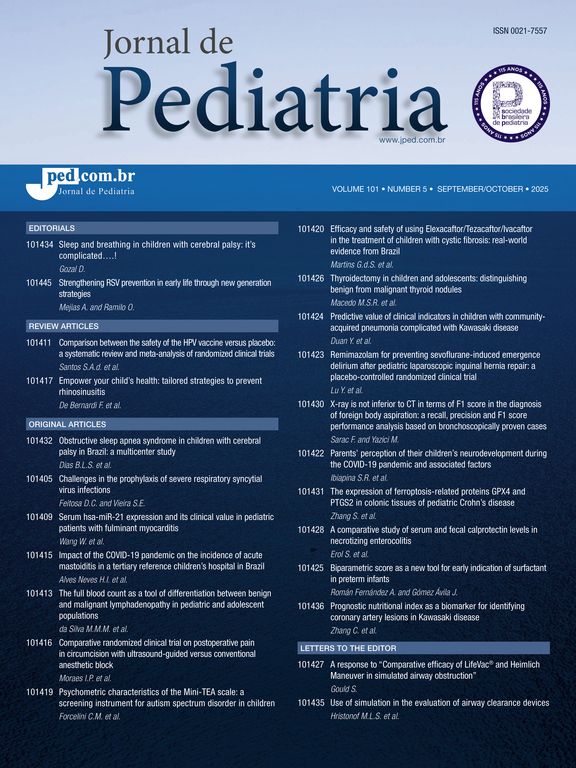Epidemiologic principles and methods have been widely employed in clinical research. The purpose of this paper is to discuss basic epidemiological concepts applied to the investigation of the determinants of infant diseases. The theoretical framework outlines the hypothesis of the investigation. The design of the study is chosen accordingly. Exposure and outcome are defined, and the sampling criteria and the strategies for its implementation are specified. The researcher can be an observer ( as in cross-sectional, cohort and case-control studies) or can determine who will be exposed in the experimental studies (clinical trials). Cross-sectional study is the easiest one to conduct, since exposure and outcome are assessed simultaneously in a well-defined population. In a cohort study, a group of people is assembled according to the exposure and followed over time to detect who will develop the outcome. In a case-control study, people are selected based on disease status. Then, they are investigated about previous exposures which could be associated with the development of the disease. The investigator allocates the exposure and then follows the participants to assess the outcome in clinical trials. Contrasting with the experiment developed in laboratory, the subjects are human beings.
The Impact Factor measures the average number of citations received in a particular year by papers published in the journal during the two preceding years.
© Clarivate Analytics, Journal Citation Reports 2025
SRJ is a prestige metric based on the idea that not all citations are the same. SJR uses a similar algorithm as the Google page rank; it provides a quantitative and qualitative measure of the journal's impact.
See moreSNIP measures contextual citation impact by wighting citations based on the total number of citations in a subject field.
See more







